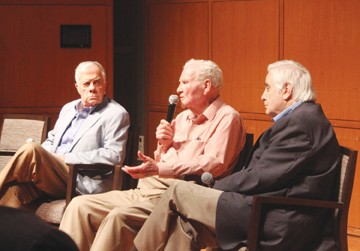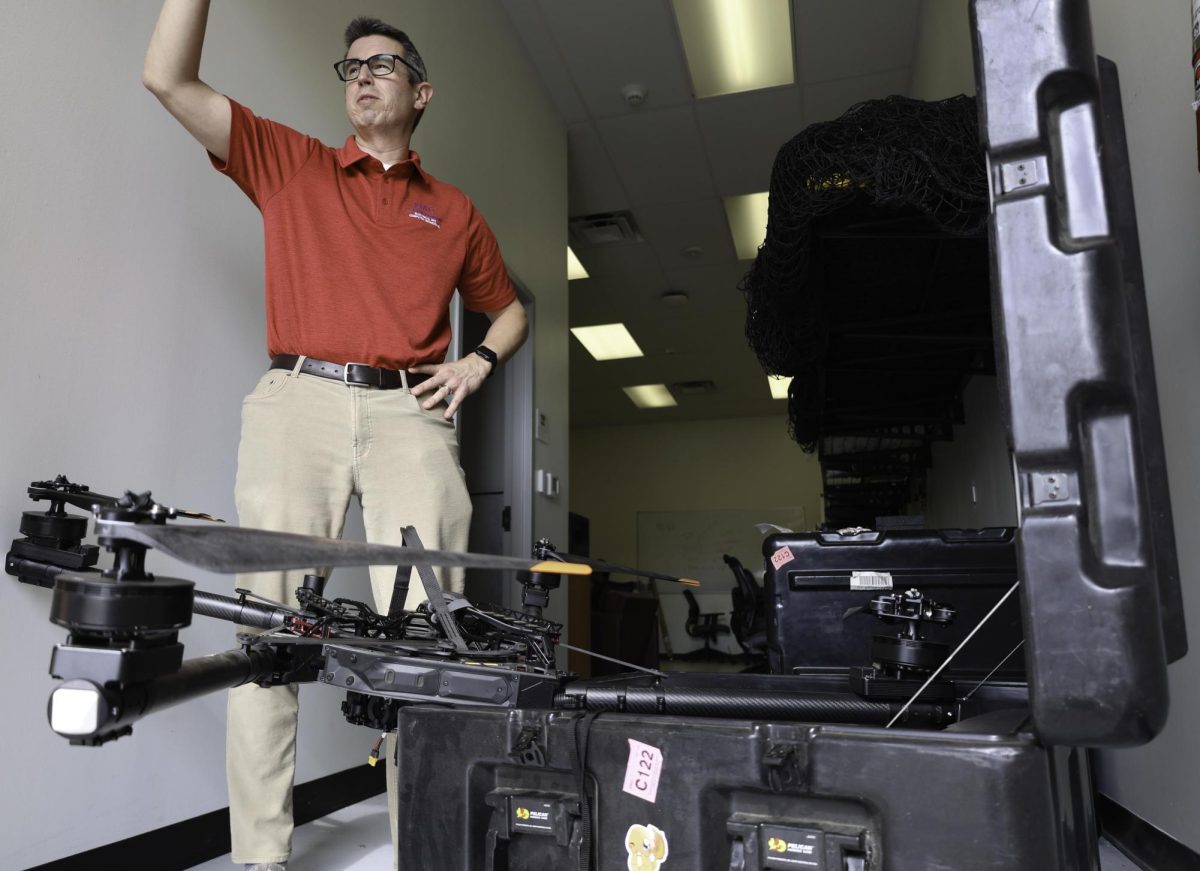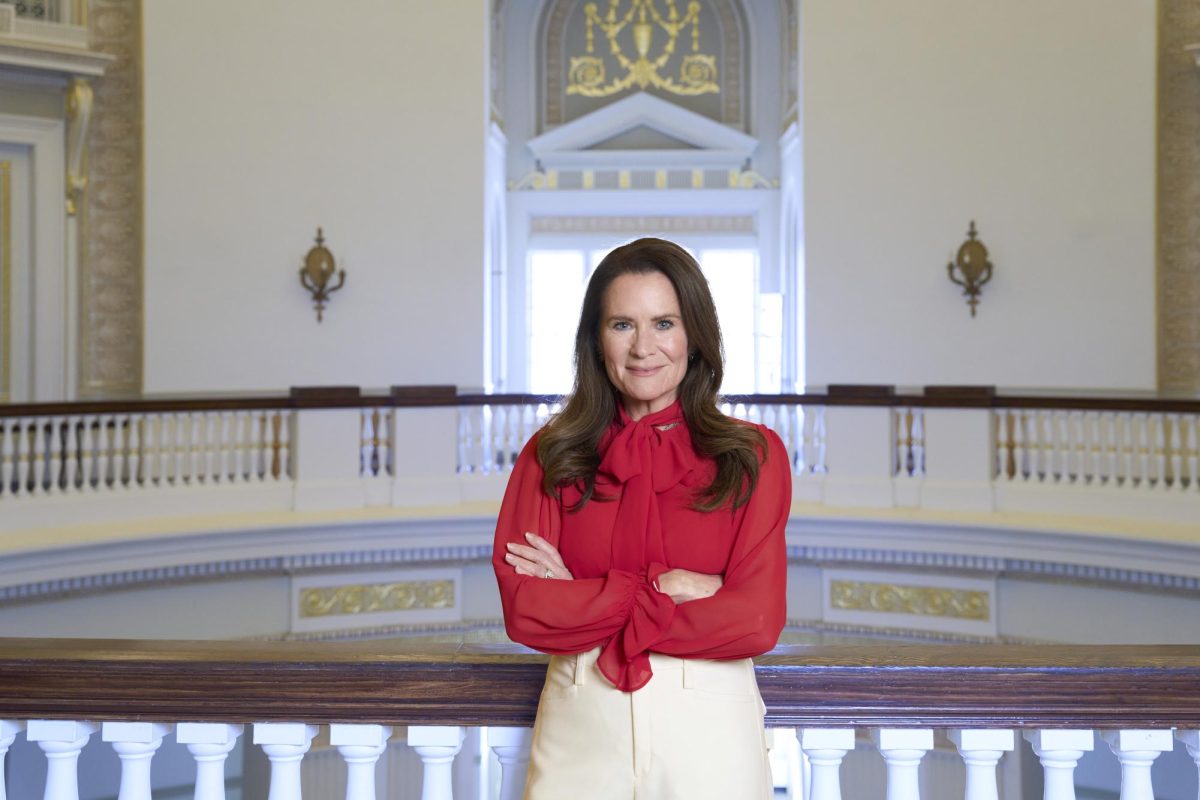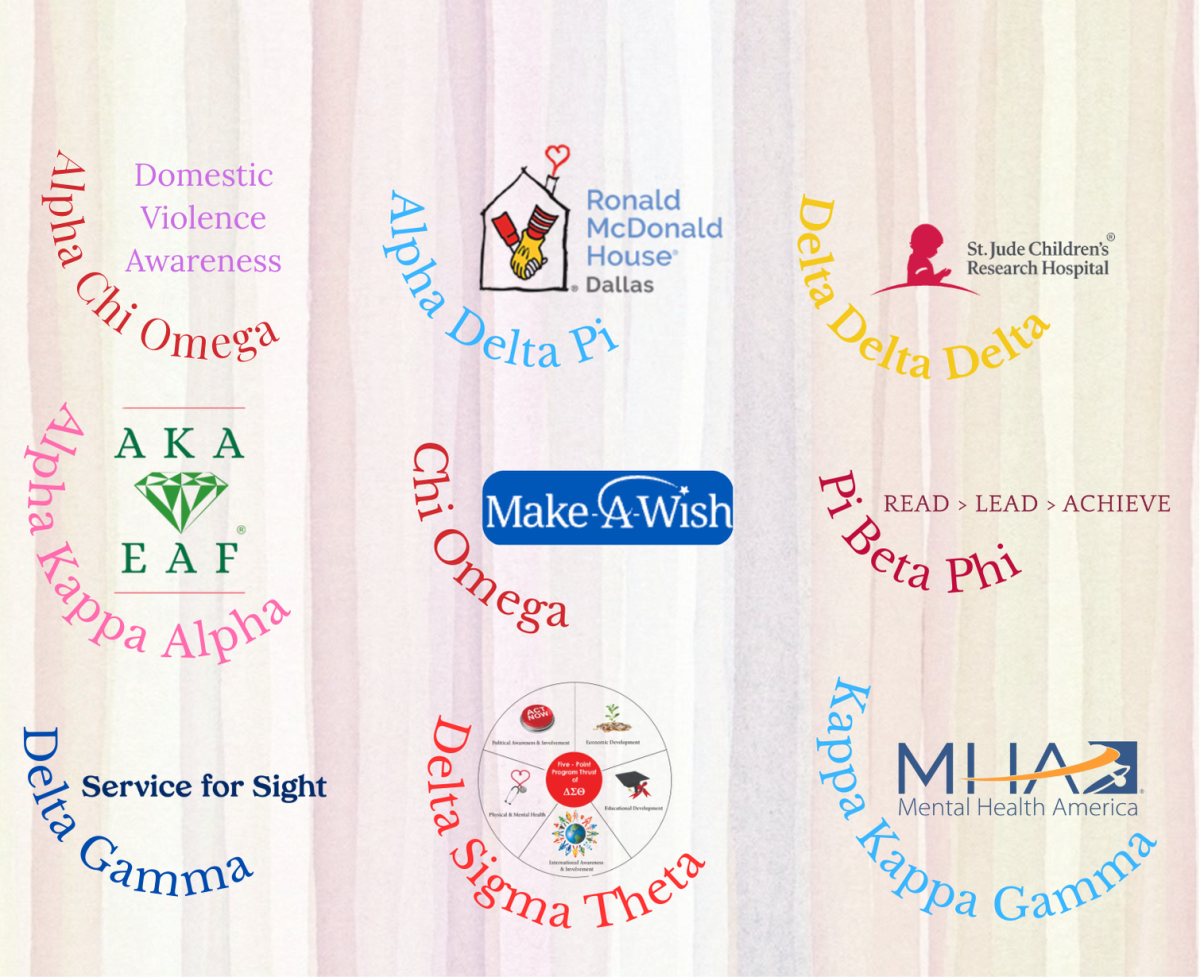
In honor of the upcoming 50th anniversary of President John F. Kennedy’s assassination, the SMU Division of Journalism hosted “A Look At the Oswald Photo at 50,” yesterday afternoon in O’Donnell Auditorium.
The panel, moderated by Journalism Professor Carolyn Barta, featured Bob Jackson, photographer of the Pulitzer Prize-winning photo of Jack Ruby shooting Lee Harvey Oswald; Jim Leavelle, the Dallas Police Department homicide detective who escorted Oswald; and Hugh Aynesworth, noted JFK assassination authority and Dallas Morning News reporter at the time of the assassination.
Jackson, who worked for The Dallas Times Herald during the time of the assassination, was assigned to get a photo of Oswald as he was being transferred and then rush to Parkland Hospital for the press conference given by Governor Connally’s wife, Nellie. Although Jackson was told the press conference was more important, his intuition told him to stay put.
According to Jackson, the city desk told him, “If you can’t get a picture of Oswald then just skip it and go to the press conference at Parkland because that’s the important thing this morning.”
“They had another photographer at the county jail waiting for Oswald,” said Jackson. “But for some reason I thought, what if [Oswald] doesn’t make it to the county jail?”
Jackson wasn’t the only one who had a hunch that something was going to happen that morning. Both Leavelle and Aynesworth had the same feeling, leading Aynesworth to go to the city jail during the time of the transfer.
For Leavelle, it wasn’t so much a hunch as it was an expectation. According to Leavelle, the police department received numerous anonymous calls saying they were going to try to abduct Oswald.
“We expected something like that to happen and I felt so strongly about it I had two 45s on me,” Leavelle said. “I was not expecting anything in the basement of the police department, I was expecting it to happen outside.”
As Leavelle was escorting Oswald through the basement, he made a comment to Oswald not long before the shooting occurred.
“I said, ‘Lee, if anyone shoots at you I hope they are as good of a shot as you are’ and he chuckled and he said ‘nobody’s going to shoot at me,” Leavelle said.
Jackson’s Pulitzer Prize-winning photo captured the scene just nanoseconds after nightclub owner Ruby shot Oswald. In the photo, Leavelle is the man in the white suit and hat next to Oswald.
After the photo was published, Leavelle said people started recognizing him wherever he went, regardless of where he was.
“I made him famous,” Jackson said jokingly. Without missing a beat Leavelle, who provided the comedic relief for the panel, replied, “and I made him rich.”
Both the white suit and hat and Jackson’s Nikon S3 camera are in the Sixth Floor Museum.
As the panel drew to a close, Barta asked the gentlemen if they thought something like this, meaning the way the JFK assassination and the Oswald shooting was handled, could ever happen again. Aynesworth doesn’t think so.
“There used to be a level of trust but that’s no longer there,” said Aynesworth. According to Aynesworth, the handling of these types of situations changed instantly after Ruby was able walk into the basement of the city jail undetected and
shoot Oswald.
There is now a signed copy of Jackson’s iconic photo in the journalism school.








